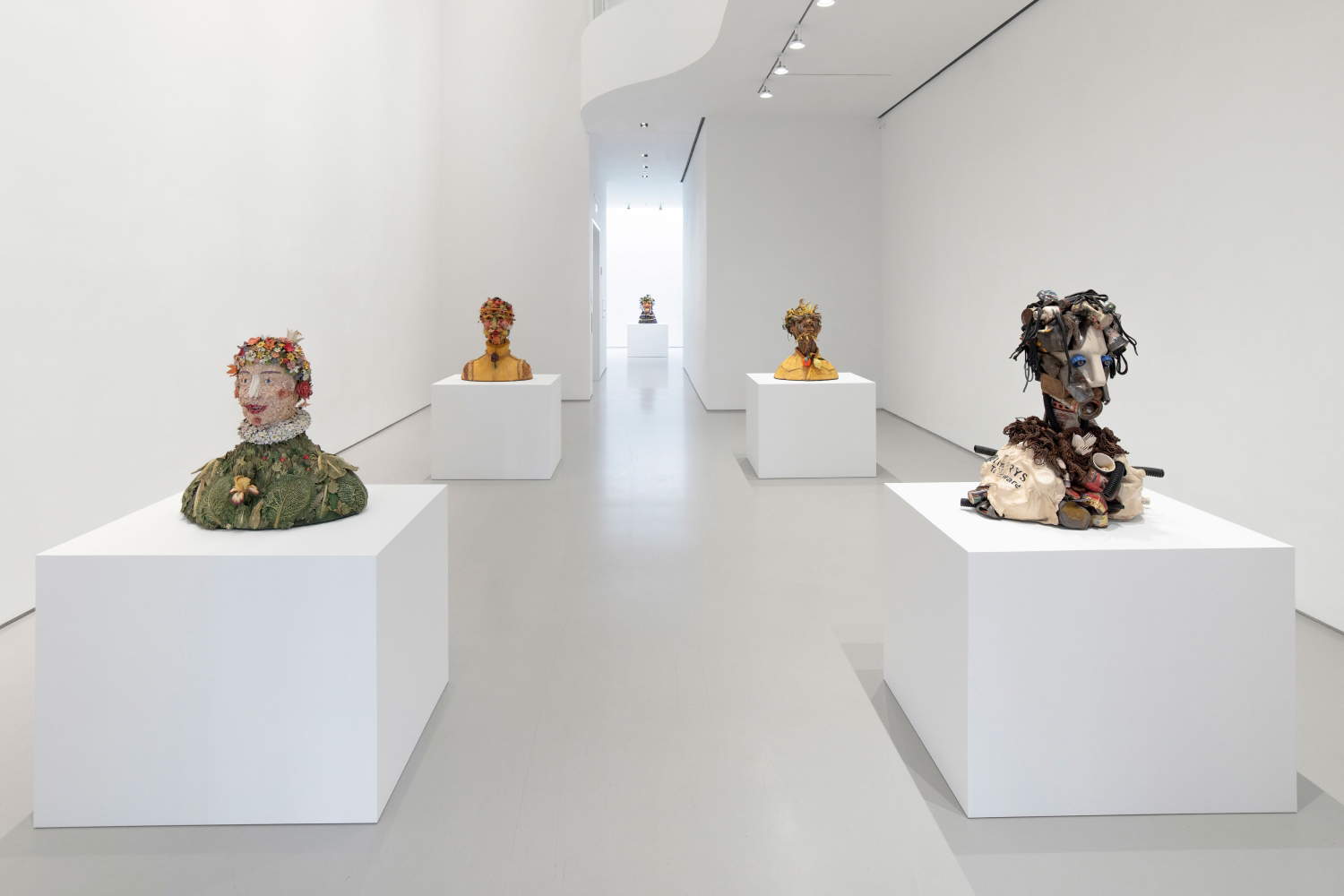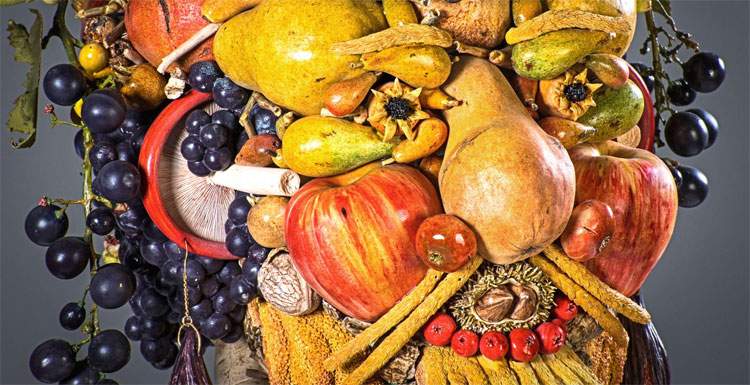Double appointment to admire the incredible ceramics of the famous duo Bertozzi & Casoni (Giampaolo Bertozzi; Borgo Tossignano, 1957; and Stefano Dal Monte Casoni; Lugo, 1961): the exhibition Florilegio at the Diocesan Museum and Art Gallery in Imola (from September 4 to October 31, 2021) and the exhibition The Five Seasons at Sperone Westwater Gallery in New York, from September 9 to October 30, 2021.
The Imola exhibition, curated by Marco Violi, highlights how Bertozzi & Casoni, who are present in important international collections, are universally recognized as those who have been able to harmoniously synthesize the ability to know how to harmoniously synthesize conceptual design and high technical manual skill. On display are some 20 floral-themed ceramics by the two Imola masters.
On the other hand, the new series The Five Seasons, a reconstruction of paintings by the great 16th-century artist Giuseppe Arcimboldo, goes on display in New York. In his late 16th-century portraits, Arcimboldo depicts each season (Winter, Spring, Summer and Fall) through a human face rendered by plants, fruits and vegetables. Bertozzi & Casoni’s work is not simply a transliteration of painting into sculpture, but rather their own interpretation of Arcimboldo’s suggestion. The face ofWinter is made of gnarled barks and bare branches, Spring of delicate flowers and vibrant leaves,Summer boasts sparkling vegetation, and for the face ofAutumn, a cornucopia of harvest gifts. The Fifth Season offers an allusion to the Four Seasons in an Arcimboldo head, perhaps a self-portrait of the artist, his life or a summation of his career. The ceramic extension cords, rusty cans, and PVC hoses that make up The Fifth Season contrast with the artists’ abundant depictions of the conventional Four Seasons. Instead, new sculptures of bags and trays will be installed on the second floor of the New York gallery. The handbag has long been one of the most ubiquitous symbols of luxury and status in the world of women’s fashion. Bertozzi & Casoni’s line of signature handbags, many named after influential women in the media and contemporary art scene, sit open and abandoned to reveal their contents: guns, cigarettes, sunglasses, and pill bottles. These bags sit at the intersection of surrealism and hyperrealism, placing the absurd in the ordinary to question our notions of luxury, consumerism and femininity. While the trays, teeming with broken eggshells, silverware and newspapers, typify the technical prowess of Bertozzi & Casoni’s practice, they once again capture the artists’ fascination with the underside of consumption, with the idea that although “the garbage you find in the street is ugly, when you take away the smell it becomes beautiful.”
From the beginning of their careers, Bertozzi & Casoni saw ceramics as an opportunity to revitalize an art form. Their approach to ceramics is characterized by hyper-realistic recreations of real-life objects. In this mimetic form of ceramics, their objects make permanent what we perceive as the transient signs of our existence: a luxury handbag or a broken eggshell. Their work simultaneously creates illusions and destroys them, forcing you to realize that the objects before you are, despite their realism, made of ceramic, and in the wake of that realization, to question your perception of the object itself.
Bertozzi & Casoni is a company founded in 1980 in Imola by Giampaolo Bertozzi and Stefano Dal Monte Casoni. Their interests are directed toward a dialogue with the great tradition of art cultivating an original vocation for experimentation in sculpture and seeing in ceramics a possibility for a painted sculpture. In their contemplations of the present, with references to the great artistic category of vanitas, the attraction to what is transient, transitory and perishable becomes an internationally recognized icon, of a, not only contemporary, human condition. Between compositional surrealism and formal hyperrealism, Bertozzi & Casoni have been investigating the waste of contemporary society for years, not excluding cultural and artistic waste, in a mise-en-scène of vivifying endless rebounds in which they alternate between sinking into decay and unearthing surviving or misunderstood beauty, abstraction and figuration, impermanence and eternity, history and contemporaneity, fantastic imagination and precise technique. Critics, museums and leading national and international art galleries are interested in their work.
Exhibition opportunities include: Tate Liverpool, Quadriennale di Roma (2004), Sperone Westwater, New York (2005, 2010, 2015), Ca’ Pesaro, Venice (2007), Castello Sforzesco, Milan (2008), Venice Biennale (2009, 2011), All Visual Arts, London (2012), Museum Beelden aan Zee, The Hague and Beck & Eggeling, Düsseldorf (2013), Palazzo Te, Mantua (2014), Expo, Milan and Mambo, Bologna (2015), GAM, Palermo and Macist, Biella (2016), Museo di Palazzo Poggi, Bologna and Pinacoteca Civica, Ascoli Piceno (2017), Rossi & Rossi Gallery, Hong Kong (2018), Marca, Catanzaro and Museo Morandi, Bologna (2019), Complesso di SantAgostino, Pietrasanta (2020). December 16, 2017 saw the opening of the Bertozzi & Casoni Museum at the Cavallerizza Ducale in Sassuolo, a permanent space that brings together a selection of the most significant works of their artistic production.

 |
| Two appointments to see Bertozzi & Casoni's ceramics. With homage to Arcimboldo |
Warning: the translation into English of the original Italian article was created using automatic tools. We undertake to review all articles, but we do not guarantee the total absence of inaccuracies in the translation due to the program. You can find the original by clicking on the ITA button. If you find any mistake,please contact us.